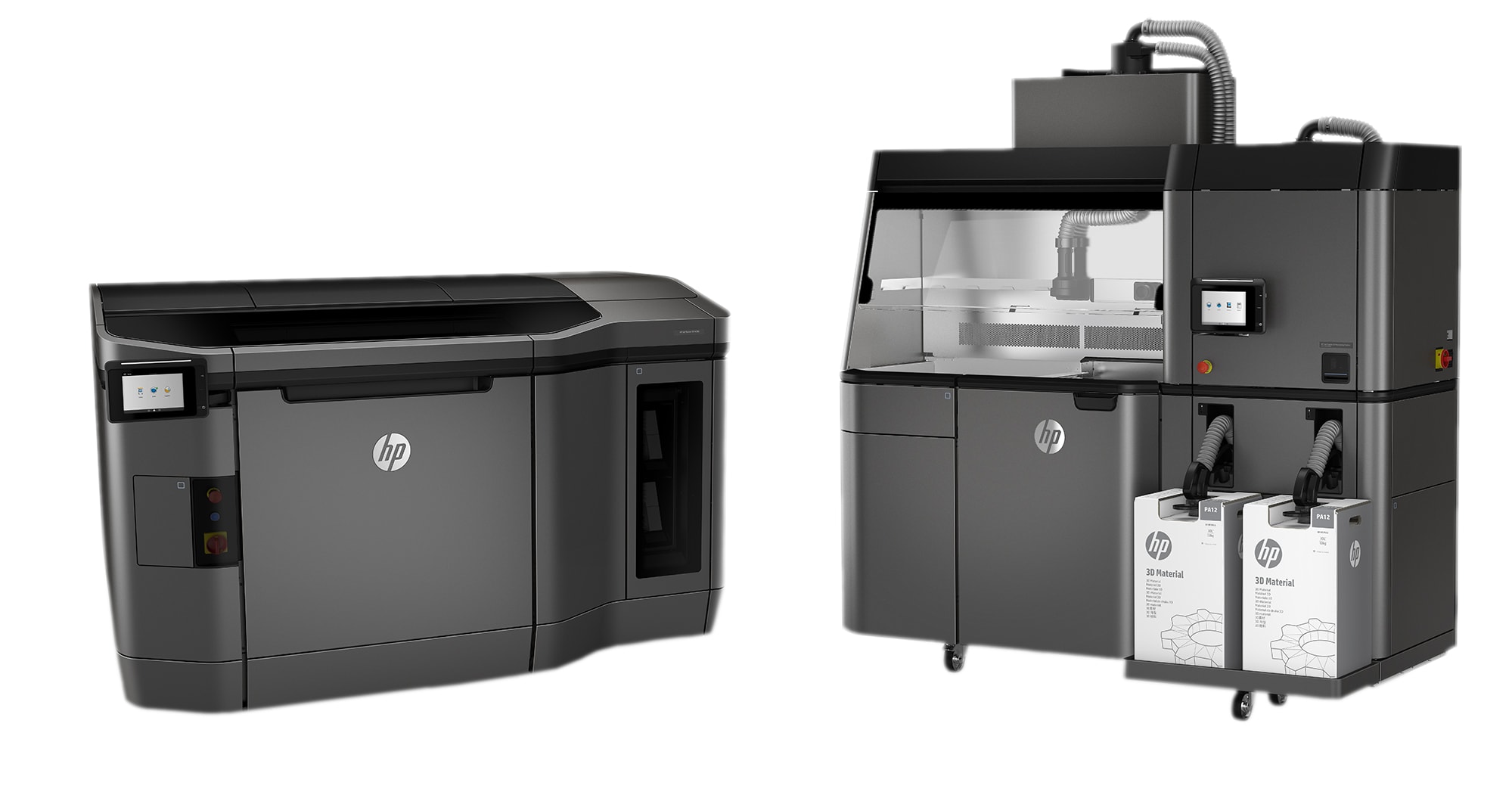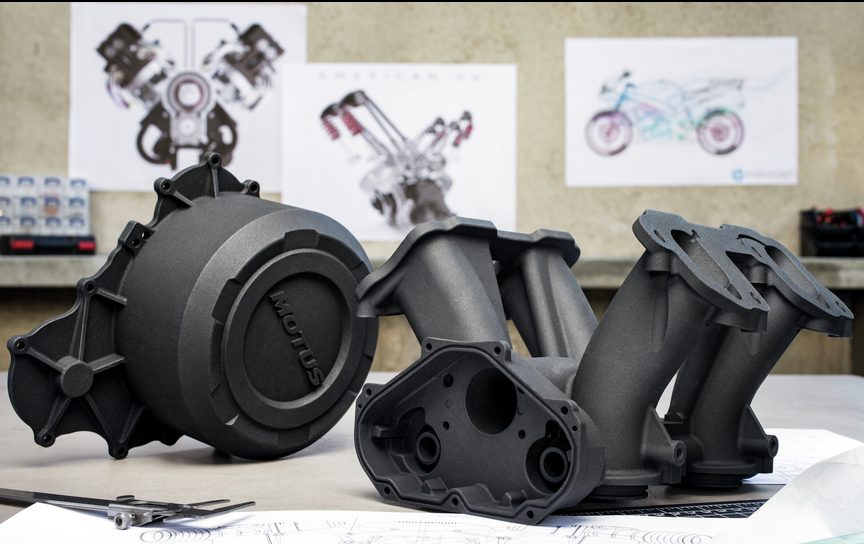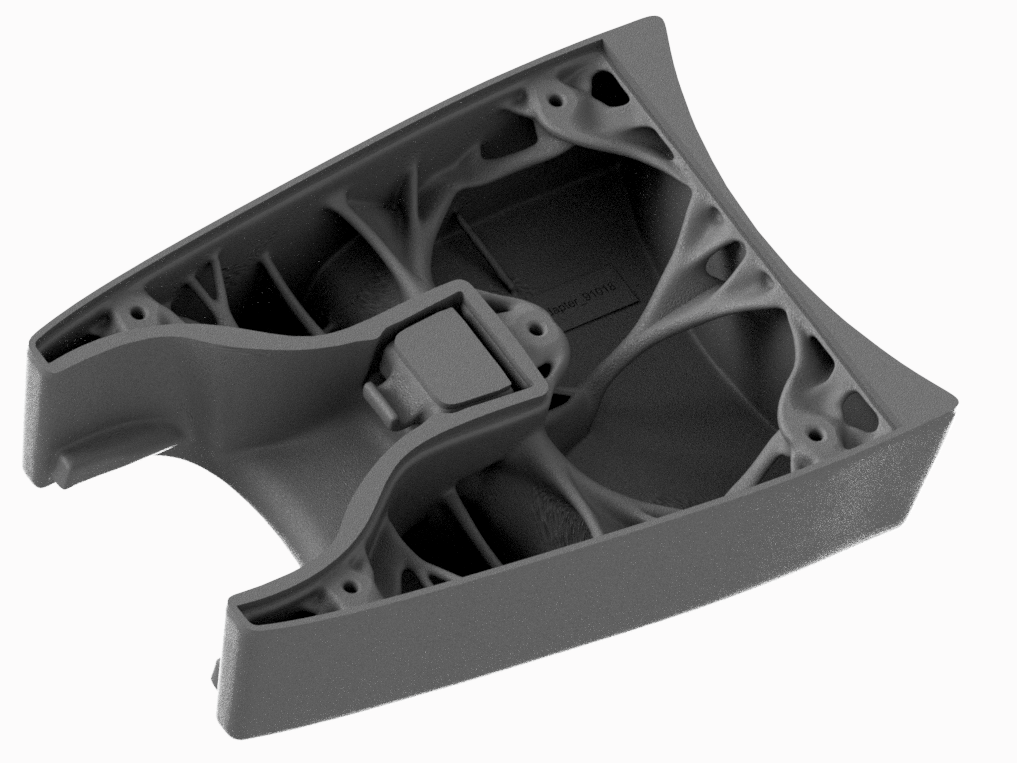Autodesk, an award-winning American software company, has collaborated with HP and GE Additive to develop generative design software tools that work directly with 3D printers.
Based on Autodesk’s Netfabb and Fusion 360, the design-to-print workflow for additive manufacturing will be integrated in HP Multi Jet Fusion and GE Direct Metal Laser Melting (DMLM) systems to increase rapid prototyping for production-ready 3D printed parts.
Robert Yancey, director of manufacturing industry strategy at Autodesk, explained to Design News:
“To unlock the full value of HP MJF printers, you need a good design, a good material, and a good print process. Autodesk develops the design tools and technology, HP develops the print process, and HP with their material partners develops the materials. All aspects are required to achieve maximum efficiency.”

A generative workflow
During Formnext, HP announced a partnership with Autodesk to enable generative design capabilities across the entire HP Multi Jet Fusion portfolio. Following this collaboration, Christoph Schell, President of 3D Printing and Digital Manufacturing, HP Inc., stated:
“Many industries such as automotive, which is going through its biggest transformation in more than 100 years, are looking to new technologies and strategic partners like HP to help them better compete in this time of change.”
“We are working with innovators to change the way they design and manufacture, unlocking new applications, more manufacturing flexibility, and greater innovation, efficiency, and sustainability across their product development lifecycle.”
Similarly, Autodesk is working with GE Additive to streamline metal additive manufacturing. Using GE Additive’s software algorithms, interfaces, and specialized data models, this workflow will offer predictive insights for cost and timeline projections in the early stages of design.
“Working with Autodesk will provide a powerful design-to-print environment for our customers, helping lower the barriers of additive adoption while accelerating a customer’s time to first good part,” said Lars Bruns, executive software leader at GE Additive.

Implementing an end-to-end workflow
As a mutual customer of Autodesk and HP, Penumbra Engineering, a U.S generative design company, recently used Autodesk’s design-to-print workflow to produce an ultrasonic sensing device. This 3D printed part was designed to be lightweight and durable within extreme environments.
“The Penumbra case study uncovers the value of HP working with Autodesk generative design technology,” added Yancey.
“We’re supporting HP printers in Fusion 360 and Netfabb so that HP multi-jet fusion customers have the design and print prep tools they need. We’re working with HP to provide support for the new metal printers.”

Submit your nominations now for the 3D Printing Industry Awards 2019.
Also, for the latest 3D Printing Industry updates subscribe to our newsletter, follow us on Twitter and like us on Facebook.
Seeking a fresh start in the new year? Visit 3D Printing Jobs to commence your career in additive manufacturing.
Featured image shows 3D printed parts from HP. Photo via HP.


